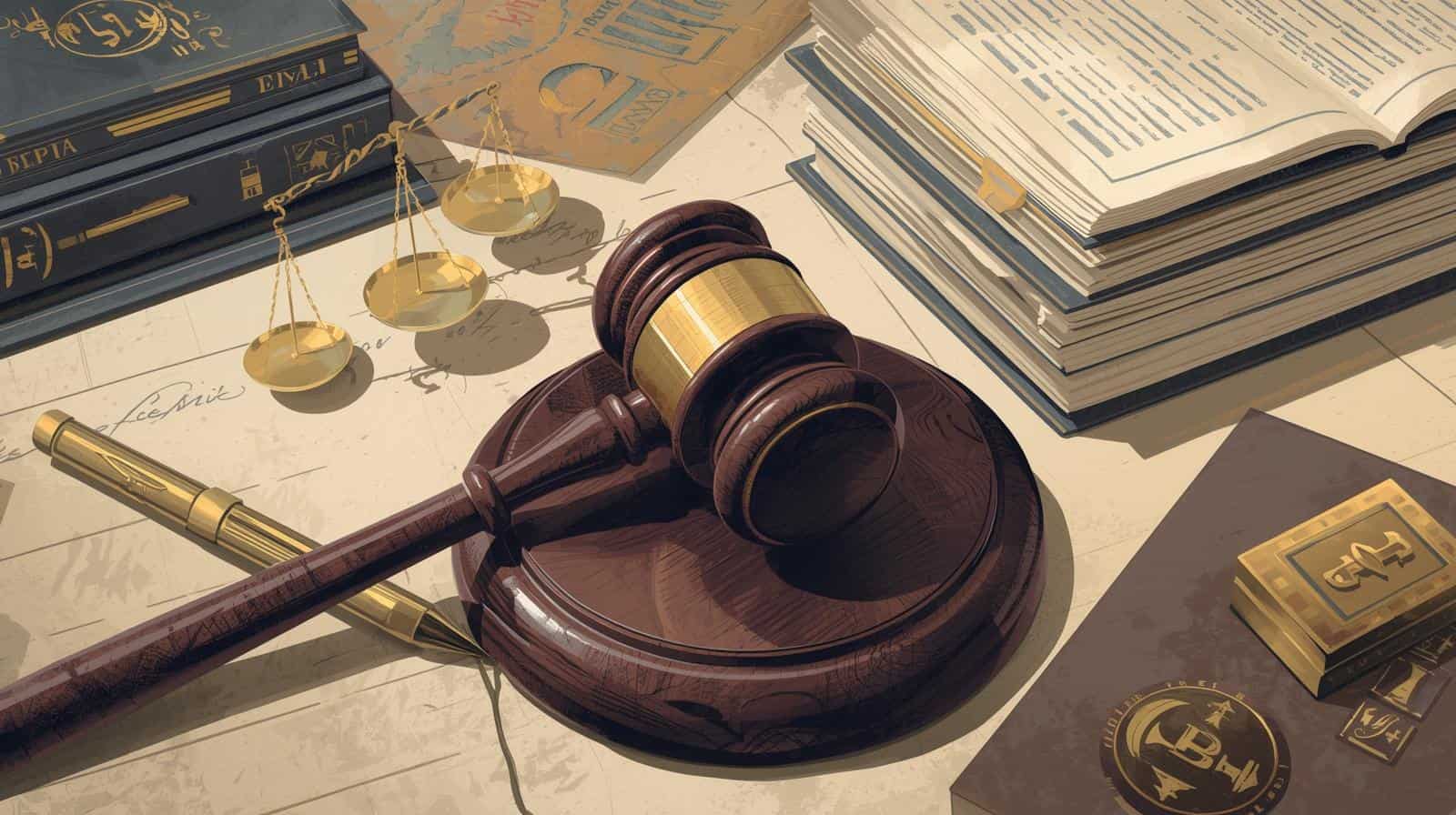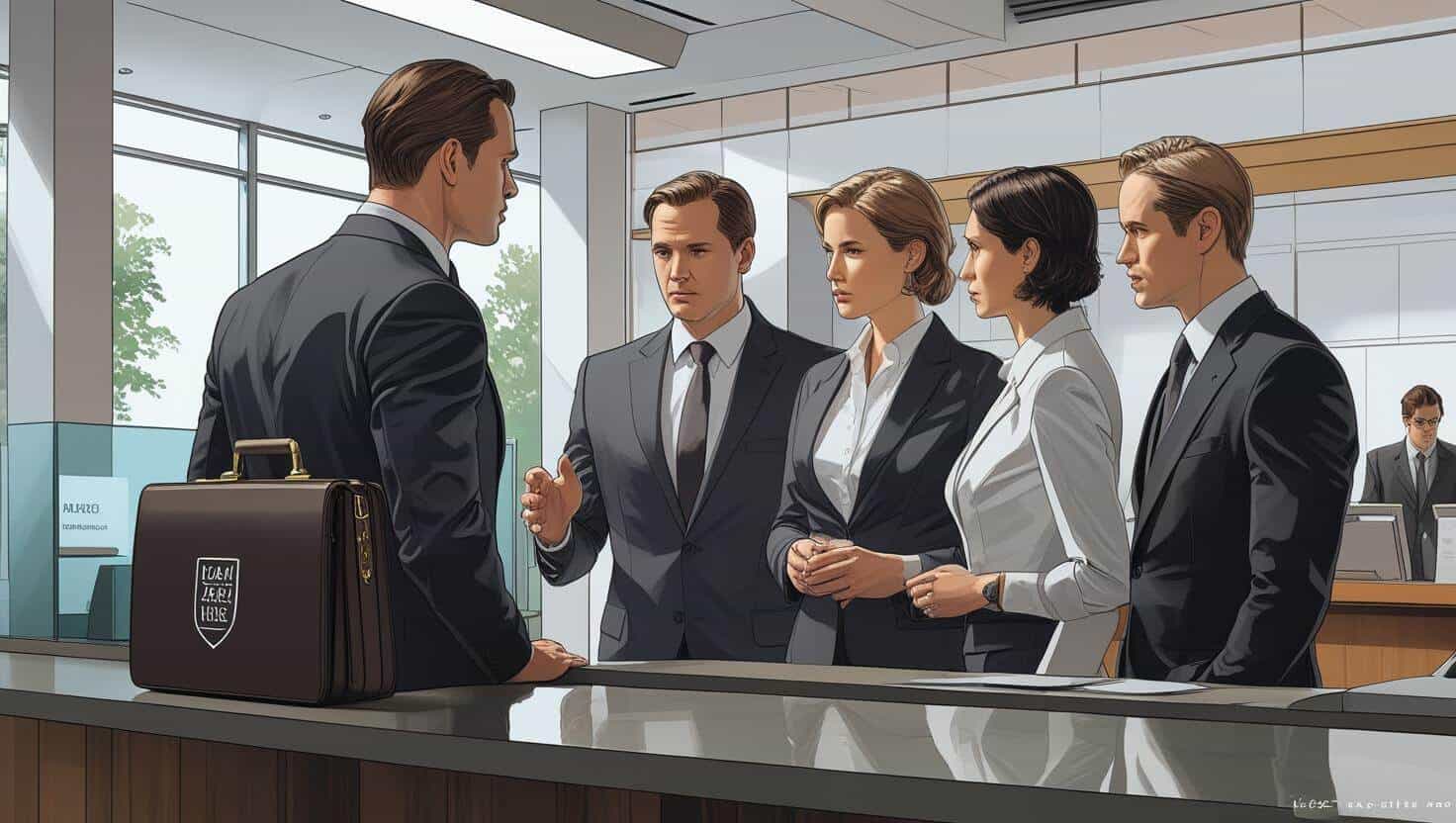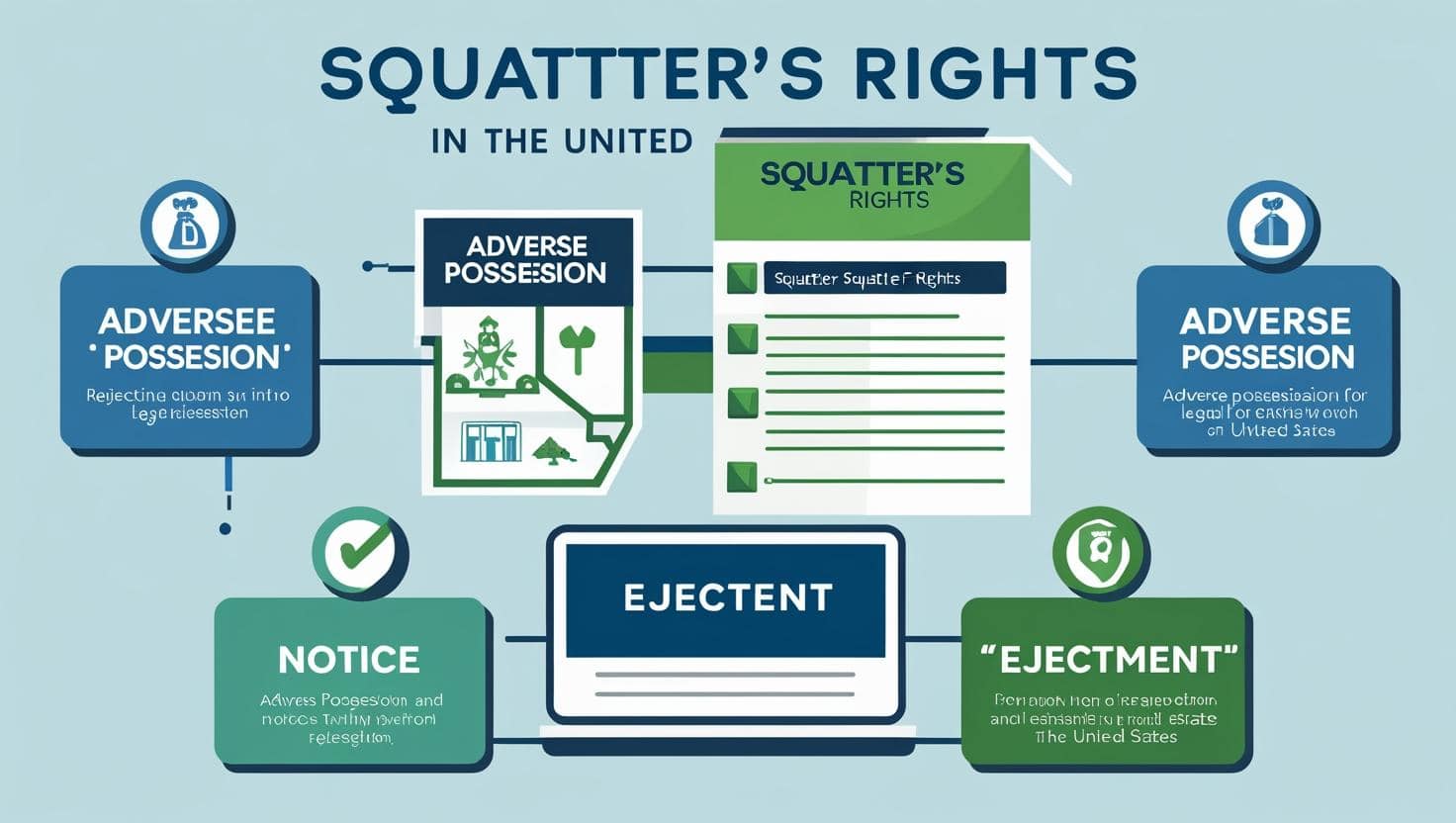PWC operators often ask what must be visible to law enforcement personnel while operating a PWC. The answer centers on the state registration number and the state validation decal, which must be displayed so they are plainly visible when the craft is underway. Federal and state rules make these markings the first things an officer looks for during a safety stop.
What must be visible to law enforcement personnel while operating a PWC
The registration number must appear on each side of the forward half of the hull. It must be painted on or permanently attached, in plain vertical block characters at least 3 inches high, contrasting with the background, with proper spacing or hyphens, and read from left to right (33 C.F.R. § 173.27; § 173.15).
A current state validation decal must be displayed next to the number as required by state law. Many states require the decal within six inches of the number on the port side, either before or after the number, and in line with it. For example, Florida places the decal within six inches on the port side, while California affixes registration stickers on both sides near the numbers (see Fla. Dept. of Highway Safety guidance; Cal. DMV guidance).
The certificate of number must be carried on board and shown on request, in hard copy or, where allowed, in digital form (46 U.S.C. § 12304; 33 C.F.R. pt. 173; USCG final rule recognizing digital certificates). Although not a “visible” item, officers will request it during an inspection and expect prompt presentation.
Key takeaways
- Display the state registration number on both sides of the forward half of the hull in block characters at least 3 inches high with clear contrast.
- Place the current validation decal as your state specifies, commonly within six inches of the number on the port side and in line with it.
- Carry the certificate of number on board and be ready to present it to an officer; digital presentation is increasingly accepted where authorized.
- Keep markings unobstructed by covers, racks, or gear so they remain plainly visible underway.
- If your PWC is rented, follow the livery’s instructions and carry any temporary documents they issue.
State spotlights: practical rules riders actually face
Regulations share a common core but differ in decal placement details. These snapshots help you apply the federal baseline to familiar waters. Use them as a checklist before you launch.
Florida
Florida requires the validation decal within six inches of the registration number on the port side (Fla. Dept. of Highway Safety, “Numbering and Decals”). The decal may come before or after the number as long as it is in line with the characters and plainly visible. Numbers must be bold block letters at least 3 inches high on both sides of the forward half of the hull.
A typical format is FL 1234 AB with a space or hyphen separating the letter block from the numerals. Remove expired decals to avoid confusion, and avoid color schemes that camouflage the characters against wraps or gelcoat.
California
California uses the “CF” prefix and requires registration stickers three inches aft of, and in line with, the number on both sides of the bow (Cal. DMV, “Register Your Boat/Vessel”). The sticker placement is measured toward the stern and should track the baseline of your numbers.
California also enforces spacing between letters and numerals using either a hyphen or a space. A compliant example is CF 4252 AF or CF-4252-AF in plain block characters. When boating on fresh water, California also uses a Quagga/Zebra mussel fee sticker placed aft of the registration sticker as directed by the state.
Texas
Texas requires the decal three inches aft of, and in line with, the TX number on each side of the bow (TPWD, “Placement of TX Number and Decal”). Read “aft” as toward the stern, not above or below the number. Texas applies the same 3-inch block-character standard and left-to-right orientation.
A conforming display looks like TX 1234 AB with the decal placed directly behind the last letter block. Align the lower edge so characters and decal track the same baseline.
New York
New York requires the number on both sides of the bow in 3-inch block characters with a contrasting color. The validation stickers go three inches aft of, and in line with, the number on both sides. New York DMV also instructs documented vessels to place the two validation stickers approximately 18 inches from the bow when no bow numbers are displayed (NY DMV, “Register a Boat”).
A correct display reads NY 3717 ZW or NY-3717-ZW with the sticker three inches aft. The state recognizes that documented vessels do not display the bow number, but they still must show the current validation stickers.
Common visibility pitfalls that trigger stops
Busy graphics or dark-on-dark color schemes obscure numbers at speed. Choose high-contrast characters and avoid placing numbers over seams, chines, or textured surfaces. Do not cover numbers with fenders, mooring lines, storage covers, or fishing racks while underway.
Characters smaller than 3 inches fail the federal rule. Slanted, script, or shadowed fonts are not plain block characters. Spacing must separate the letter blocks and numerals with either a space or hyphen.
Decals mounted above rub rails or well away from the number can be deemed out of line. Remove expired decals to prevent an officer from questioning which decal is valid.

What officers actually do during a stop
An officer will first look for the number and decal where they belong. If those markings are clearly visible and current, most inspections are brief. Expect a request for the certificate of number and identification.
Officers often check for basic safety gear and local requirements once the display is verified. They may ask about lanyard-type engine cut-off switches if state law requires use.
Safety gear remains essential
Safety gear is a critical component of personal watercraft operation. Proper equipment protects riders and prepares them for unexpected situations. A safety-conscious culture on the water begins with the basics.
Understanding the importance of safety gear matters before you launch. Safety gear primarily protects the operator and passengers in routine falls and rare emergencies. The right gear reduces injuries and can save lives.
Personal flotation devices (PFDs) keep operators afloat after a fall or collision. Protective clothing and footwear guard against exposure and minor impacts. Eye protection helps with wind, water, and debris.
Communication and signaling devices support calls for help during emergencies. Beyond regulatory compliance, these items build real-world readiness.
Using proper safety gear sets a positive example for others. Treat safety as standard operating procedure, not an optional add-on.
Personal flotation devices (PFDs)
PFDs are the single most important item of personal gear. They keep a person buoyant in the water and buy time for rescue. Every rider should wear a properly sized, Coast Guard–approved PFD at all times.
Inherently buoyant, inflatable, and hybrid models each have strengths. Inherently buoyant vests are durable and need no action to float. Inflatable models are compact but require activation and careful maintenance.
Choose a PFD that fits, is approved for your activity, and is in good condition. Inspect closures, straps, and stitching before each outing. Replace any unit showing wear or failing a function test.
Protective clothing and footwear
Protective clothing serves as a barrier against sun, wind, and cold water. Wetsuits and drysuits add insulation and reduce abrasion risk. Rash guards are lightweight and help prevent chafing.
Footwear such as neoprene boots or water shoes protects from sharp objects and slick surfaces. Good traction improves control when boarding or beaching. Choose gear designed for water sports for best durability and performance.
Care for garments per manufacturer guidance to extend their lifespan. Rinse with fresh water after use and air-dry fully. Store away from heat and direct sun.
Eye protection
Eye protection is often overlooked but deserves attention. Sunglasses with UV protection reduce glare and eye strain. Goggles or visors can block spray and debris at speed.
Select eye gear that fits securely and offers wide coverage. Clean lenses regularly to maintain clear vision while underway.
Communication devices
Reliable communication helps riders stay connected and summon aid. Two-way radios allow group coordination and contact with marine authorities.
Personal locator beacons and satellite messengers offer distress signaling with location data. Keep devices charged and accessible, not buried in a compartment. Test operation before departure to confirm readiness.
Emergency signaling devices
Audible and visual signals attract attention when you need assistance. Whistles and air horns carry sound over wind and waves. Flares, lights, and electronic distress beacons provide visual cues for rescuers.
Keep signaling tools where a rider can reach them quickly. Replace expired items and check batteries on a schedule.
Maintenance and inspection of safety gear
Routine maintenance ensures gear works when it counts. Clean, dry, and inspect items after use, then store in suitable conditions. Follow manufacturer schedules for parts, batteries, and service.
Before each outing, perform a quick pre-launch inspection. Confirm PFD fit, verify device charge levels, and check expiration dates. Address any defects before you leave the dock.
FAQs
Do I need to display the hull identification number?
No. The HIN is affixed by the manufacturer or state and is not a visible display requirement for operators. Keep it intact for title and theft issues.
What if my PWC is documented with the U.S. Coast Guard?
Documented vessels generally do not display state registration numbers, but many states still require a state validation decal in a specified location. California and New York provide explicit guidance for documented pleasure craft.
May I present a digital certificate of number?
Yes, where state law authorizes digital presentation consistent with 46 U.S.C. § 12304 and the Coast Guard’s 2024 rule recognizing digital certificates. Keep a reliable offline copy in case of poor reception.
Does the law require reflective or illuminated numbers at night?
No. Federal rules require contrast, size, and legibility, not reflectivity or lighting. Reflective characters are allowed if they meet the plain block-character standard and maintain contrast.
Can I place the decal above the rub rail or on the deck?
Avoid that placement unless your state expressly permits it. Most states require the decal in line with the number and within a tight distance tolerance measured along the hull side.
Do temporary or rented PWCs follow different rules?
Rentals still need proper numbers and decals, but the certificate-of-number carriage requirement can differ for short-term, noncommercial rentals under federal law. Follow the livery’s instruction sheet and keep any temporary proof close at hand.
What about wraps or custom paint?
Apply numbers and decals over a uniform-colored panel so the characters remain high contrast. Do not run graphics through the characters or place them over textured or perforated vinyl.
What is the penalty for improper display?
Penalties are set by state law and typically treated as boating infractions with fines. Officers can order you back to shore to correct noncompliant markings.
Can I use slanted or stylized fonts?
No. The rule calls for plain vertical block characters at least three inches high that read left to right. Shadowed, script, or slanted styles risk citation.
I ride mainly in Florida, California, Texas, or New York. What simple rule keeps me safe across all four?
Put 3-inch block numbers on both sides of the forward half. Then place the current decal three inches aft or within six inches of the number as your state directs, always in line with the characters and plainly visible.
Law enforcement personnel must be able to clearly see the registration number and state validation decal while the PWC is in operation. Keeping those markings visible and unobstructed, and carrying the certificate of number for inspection, satisfies the core visibility and documentation rules for every ride.




























